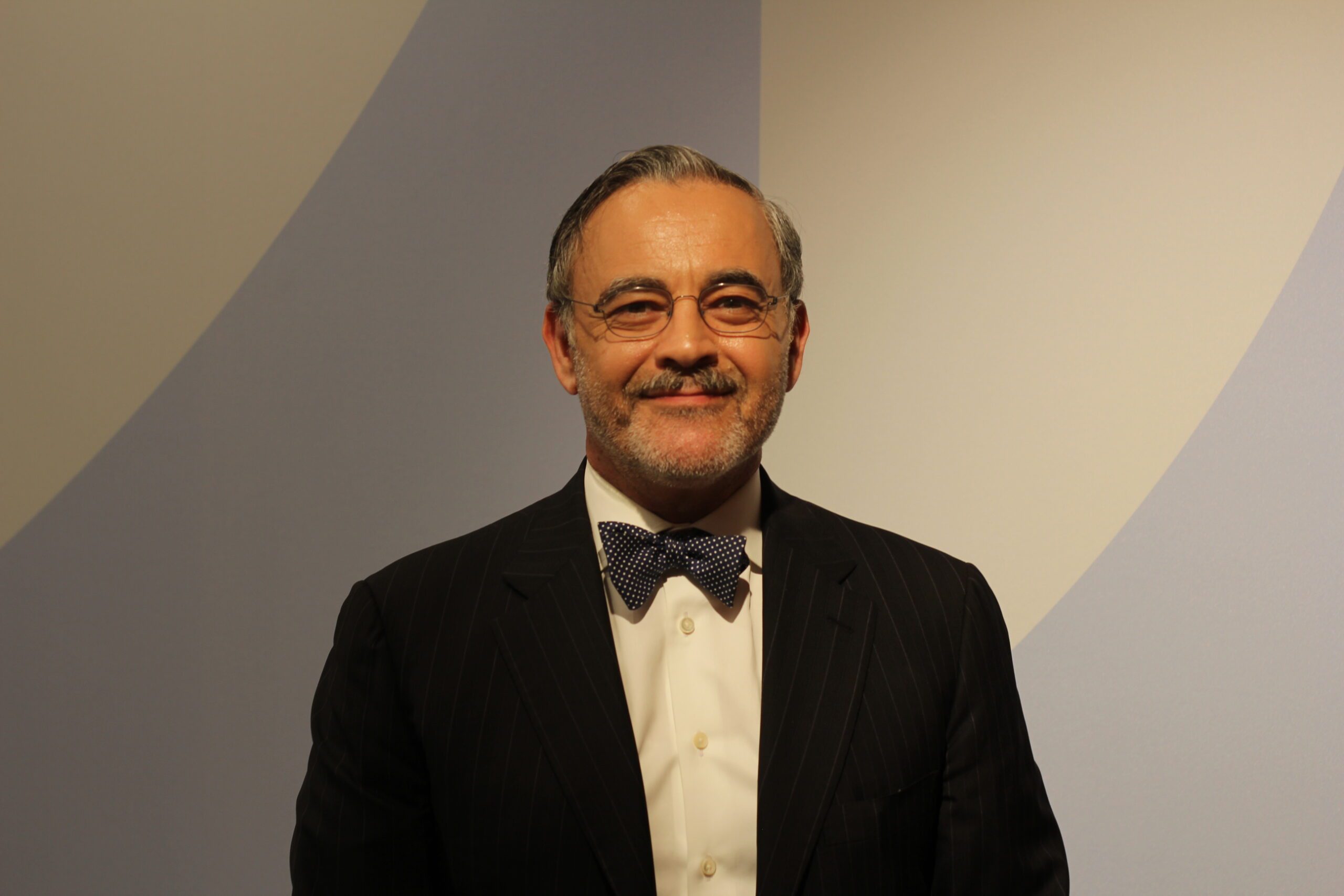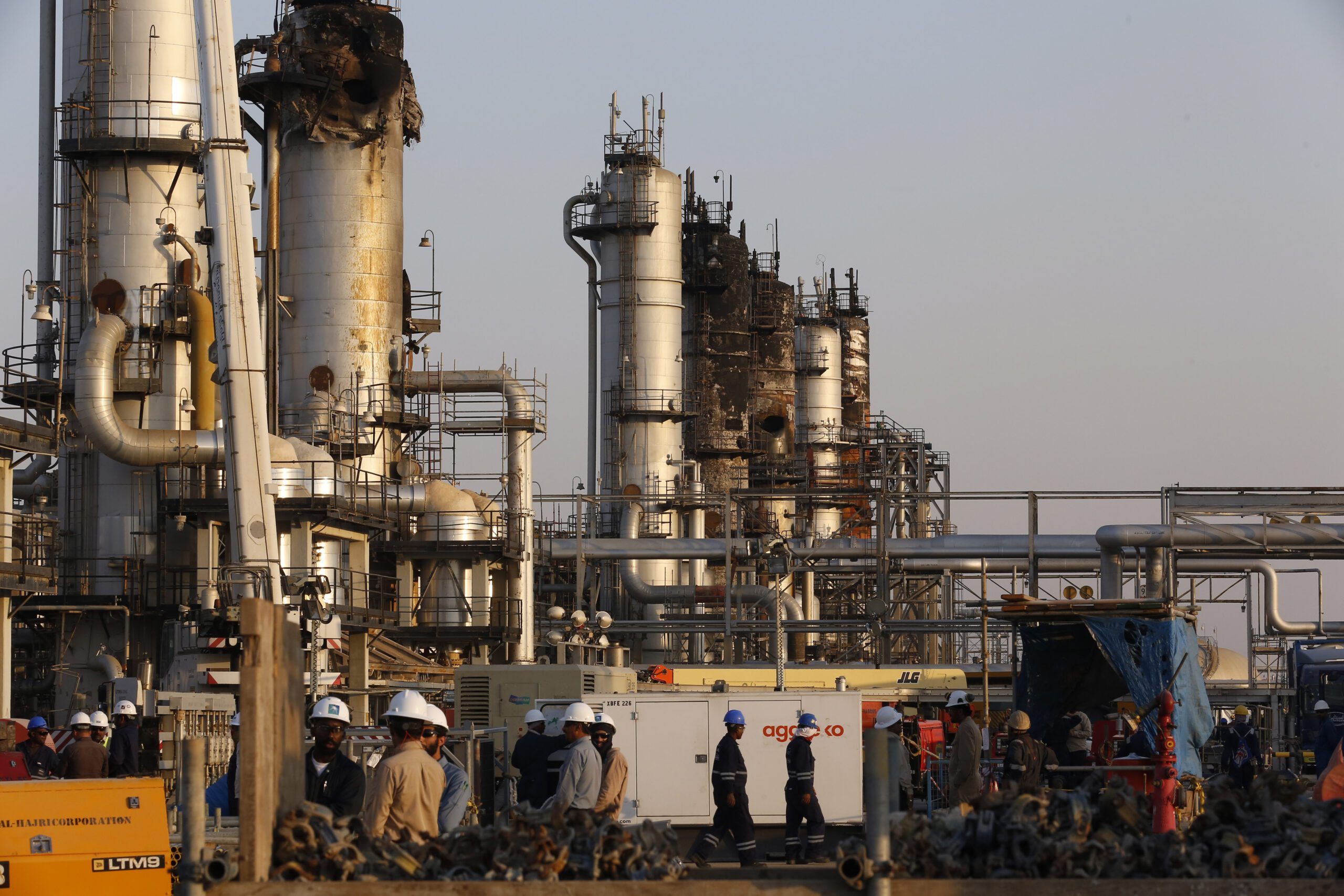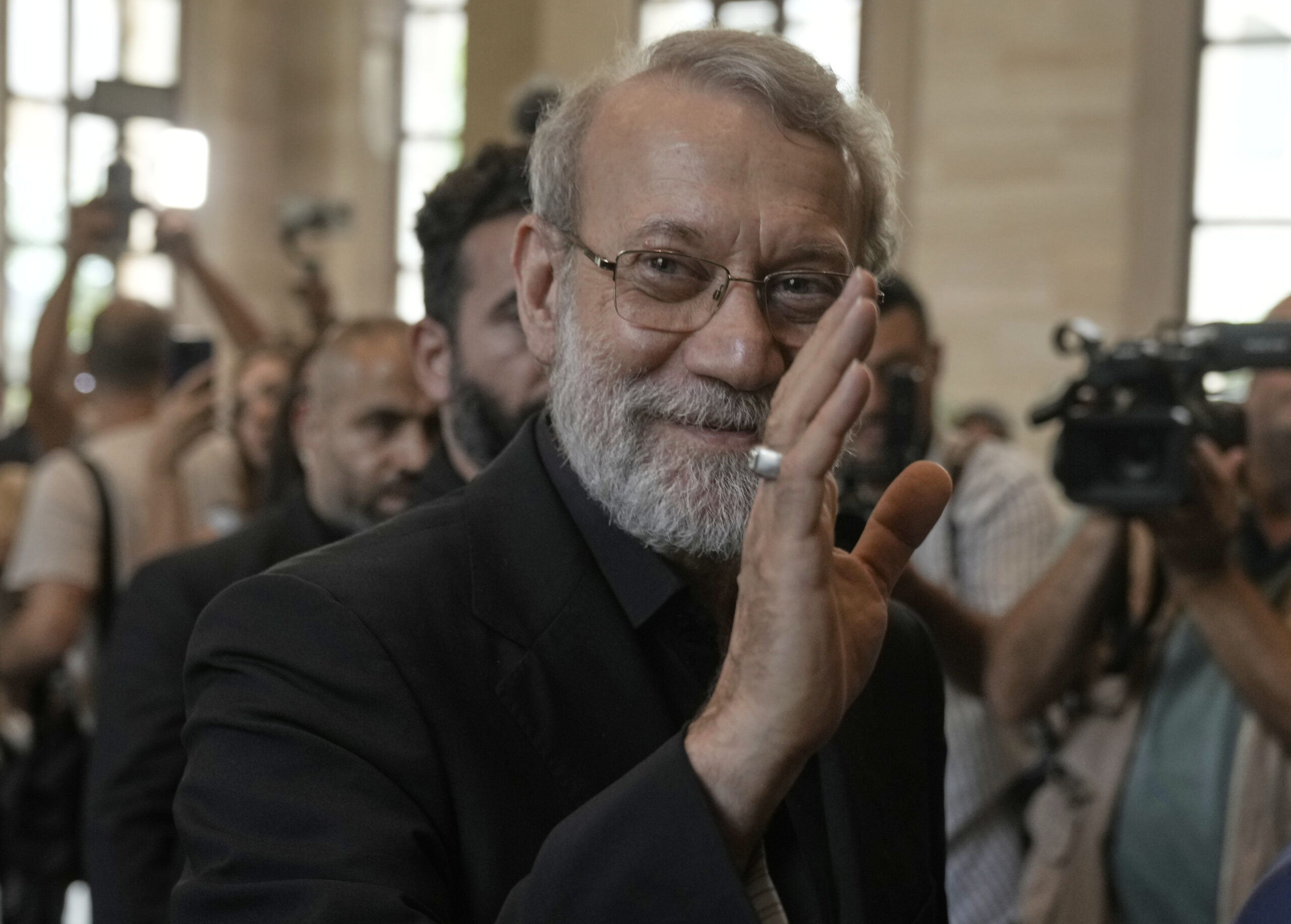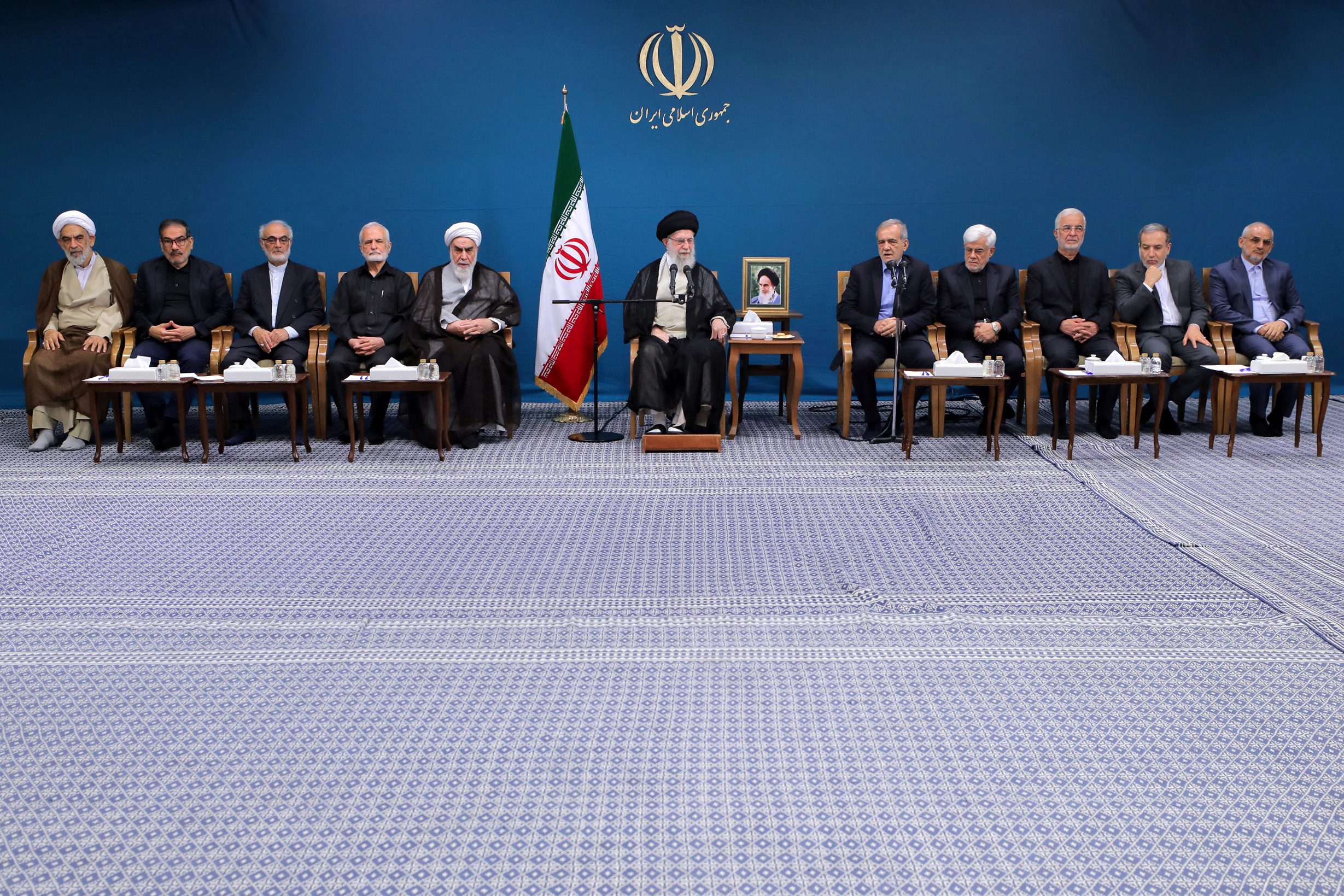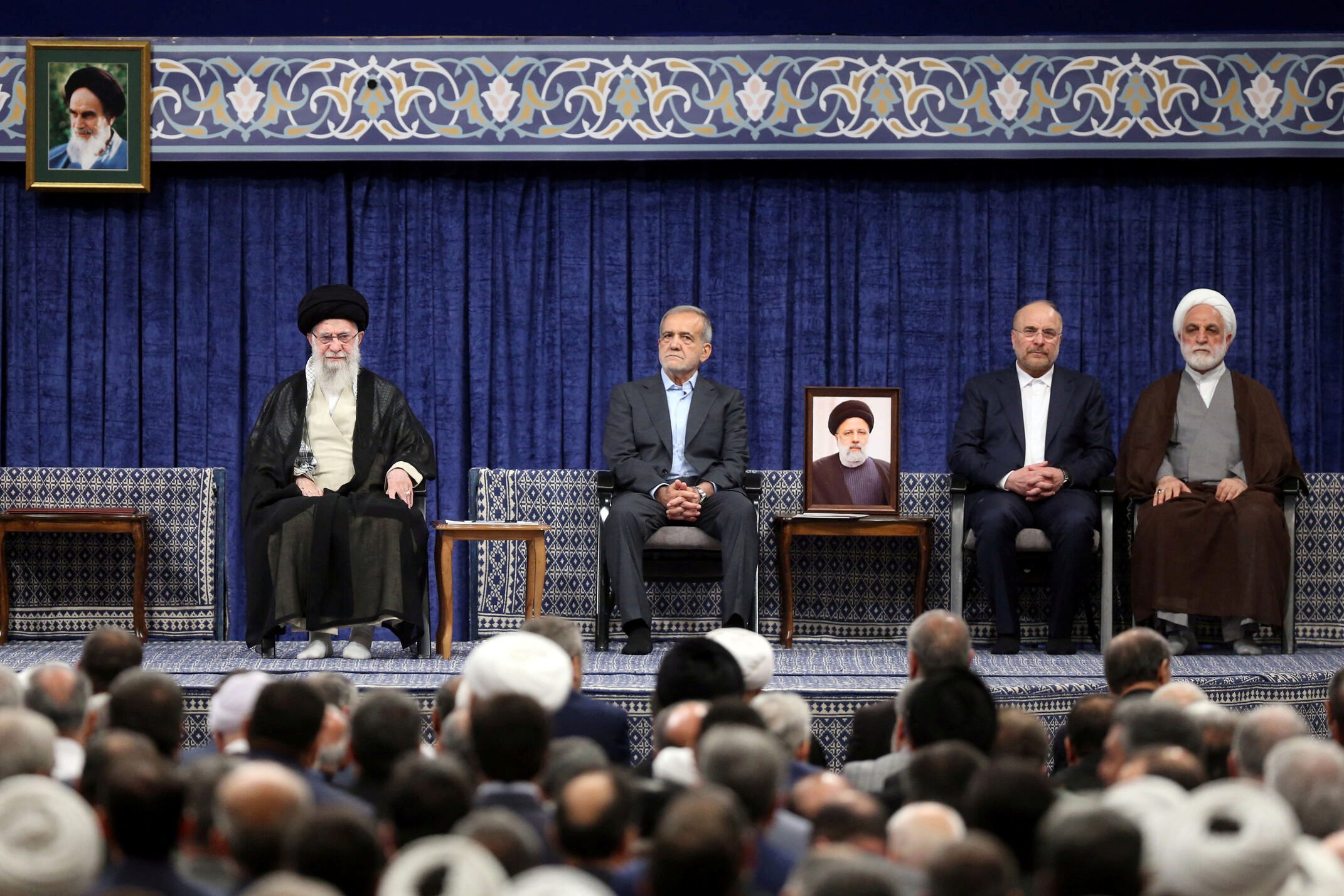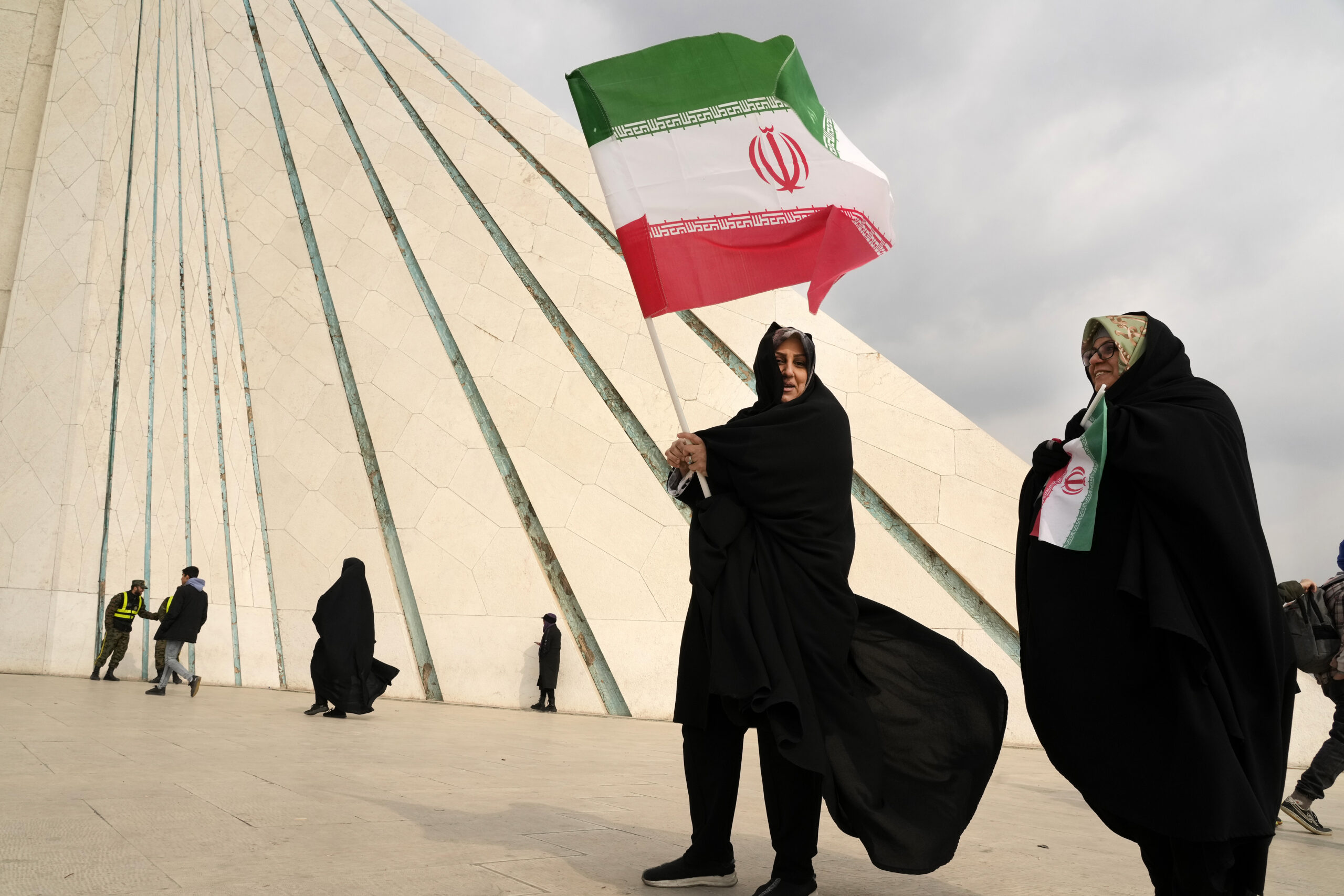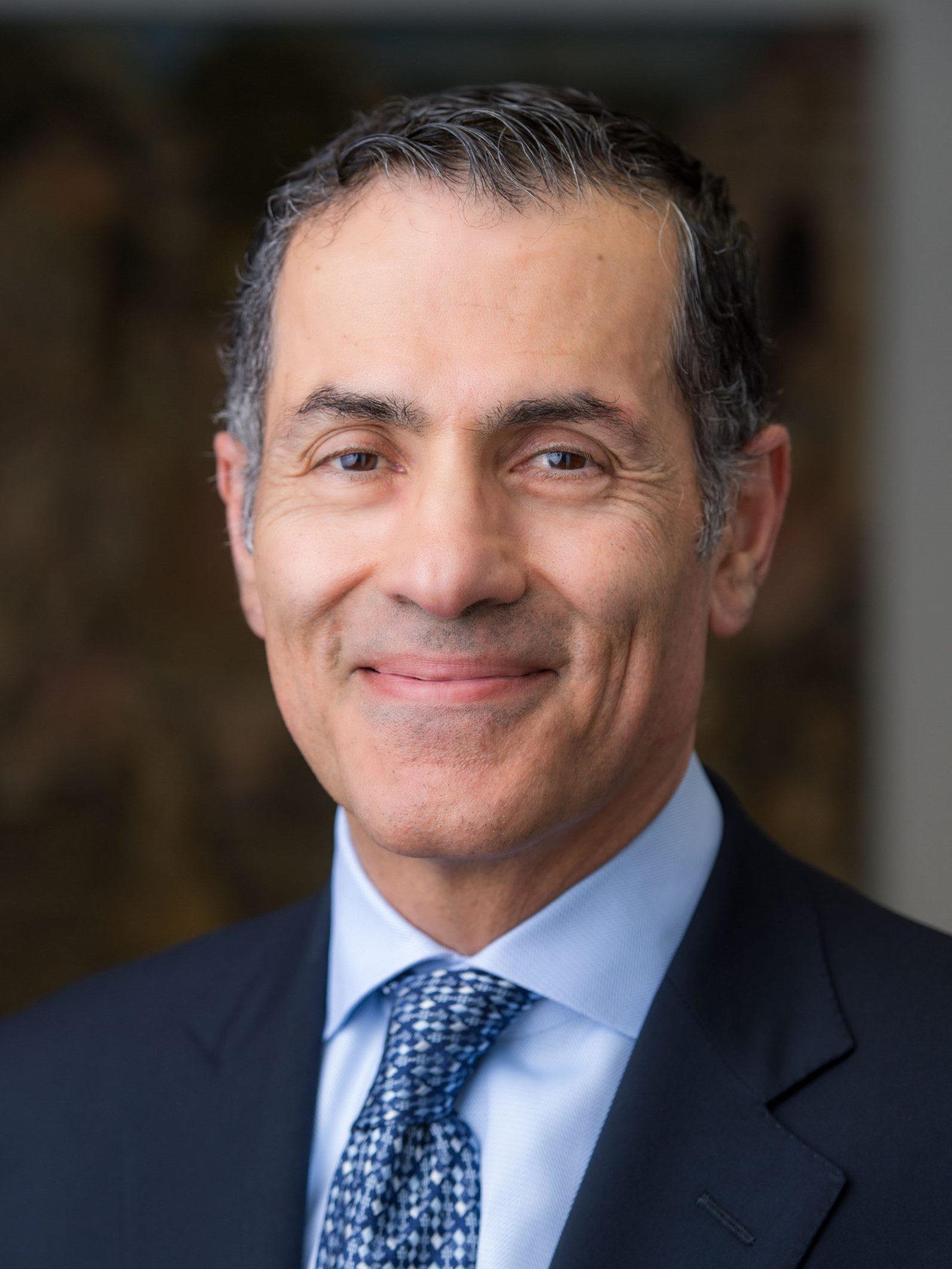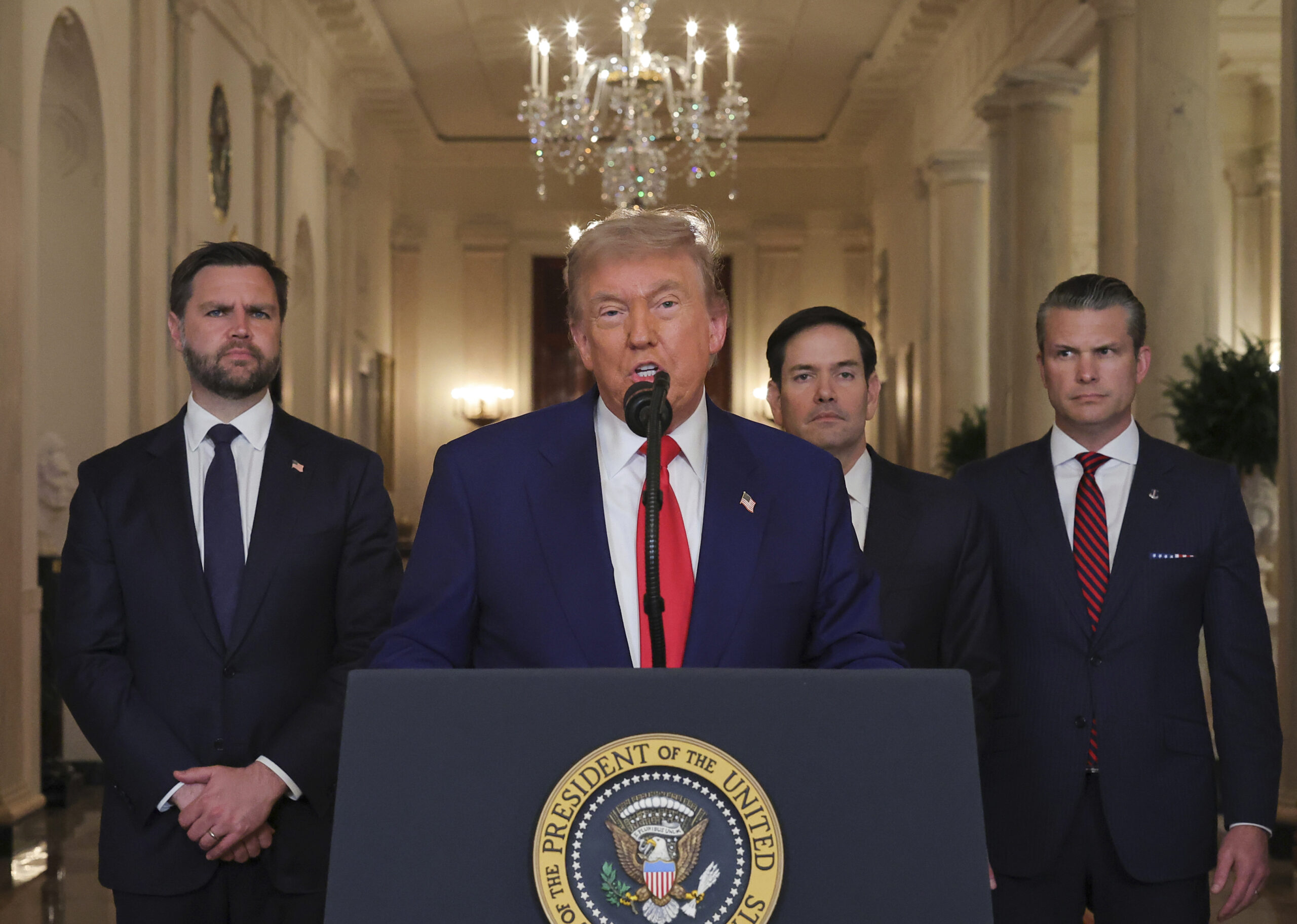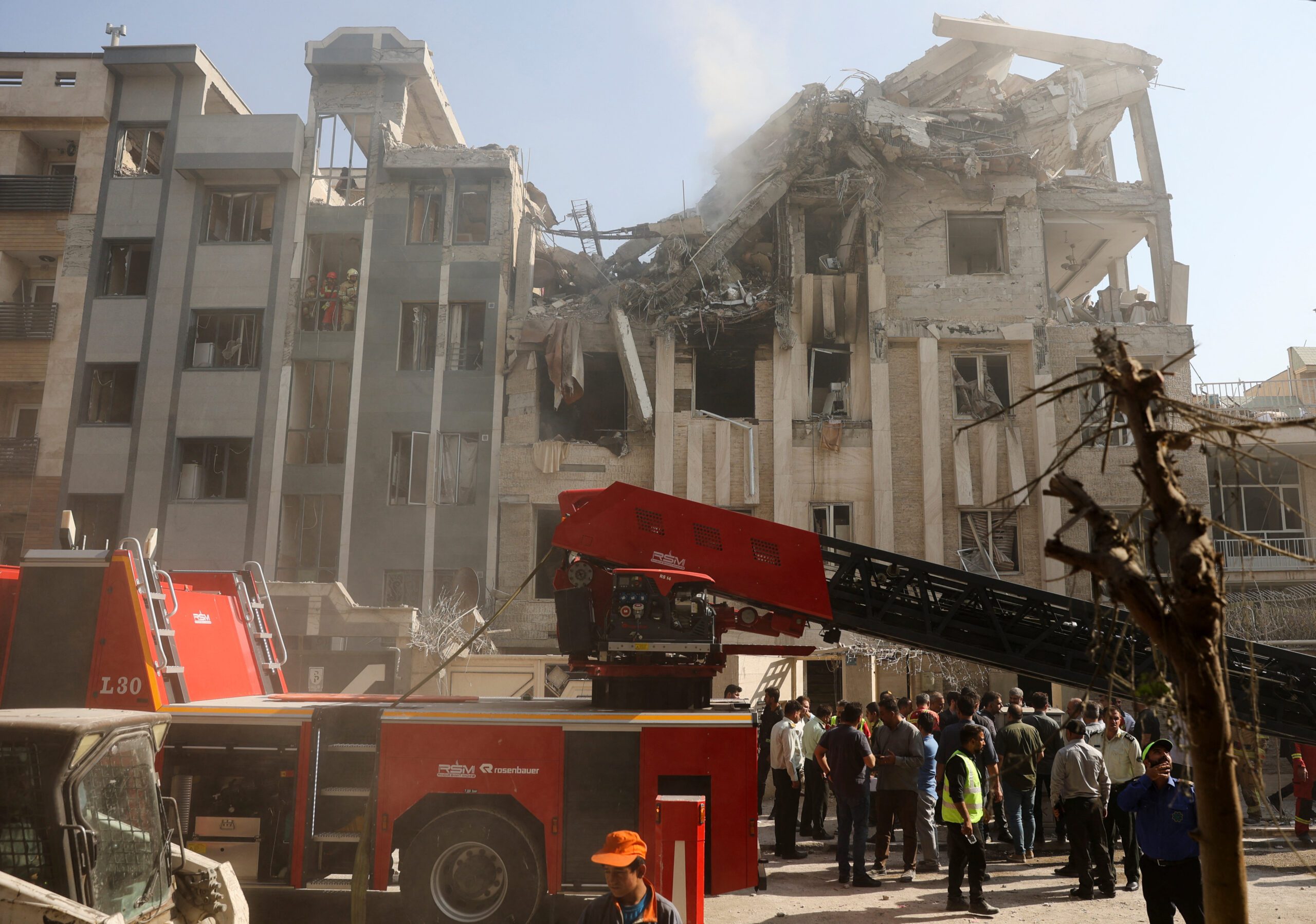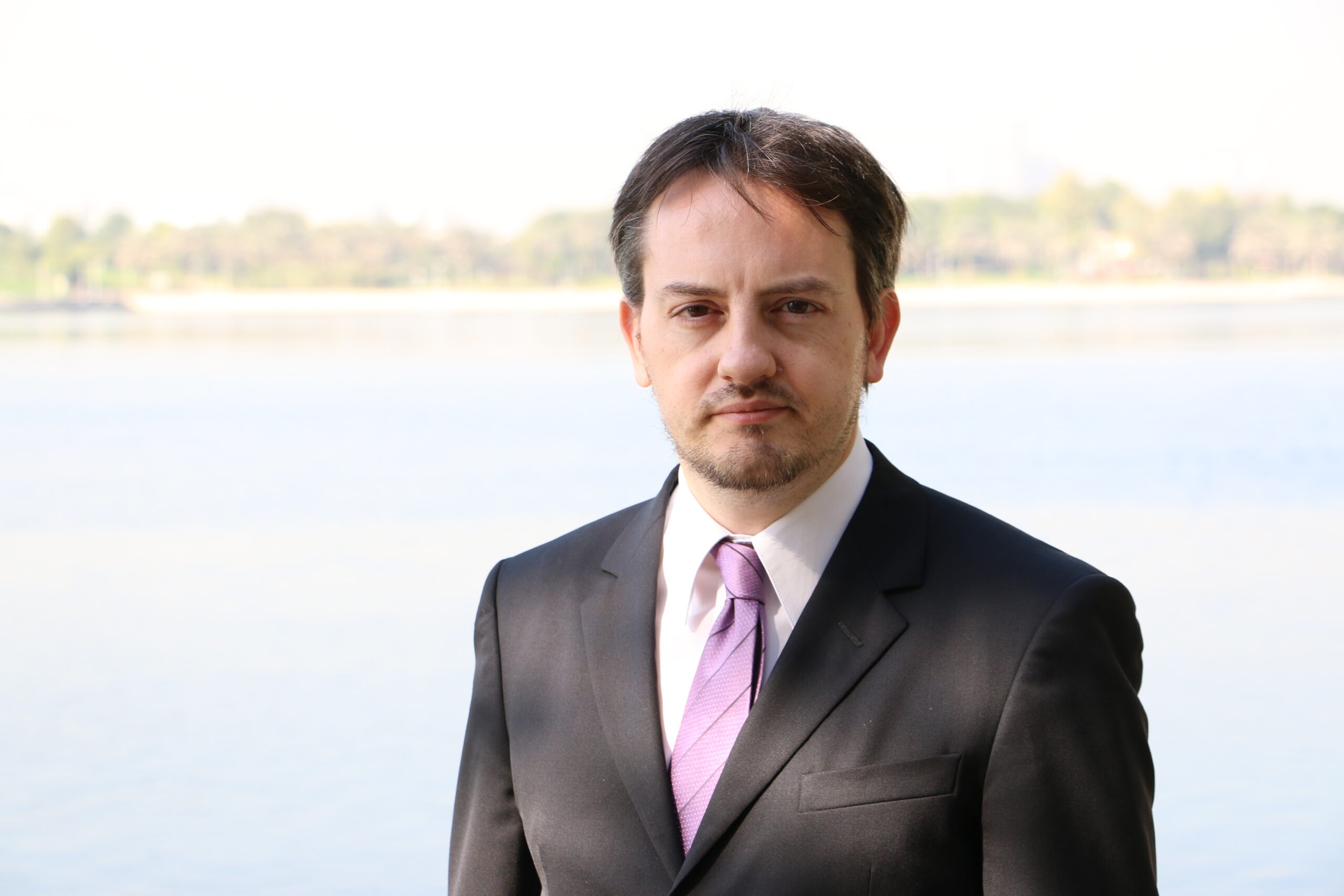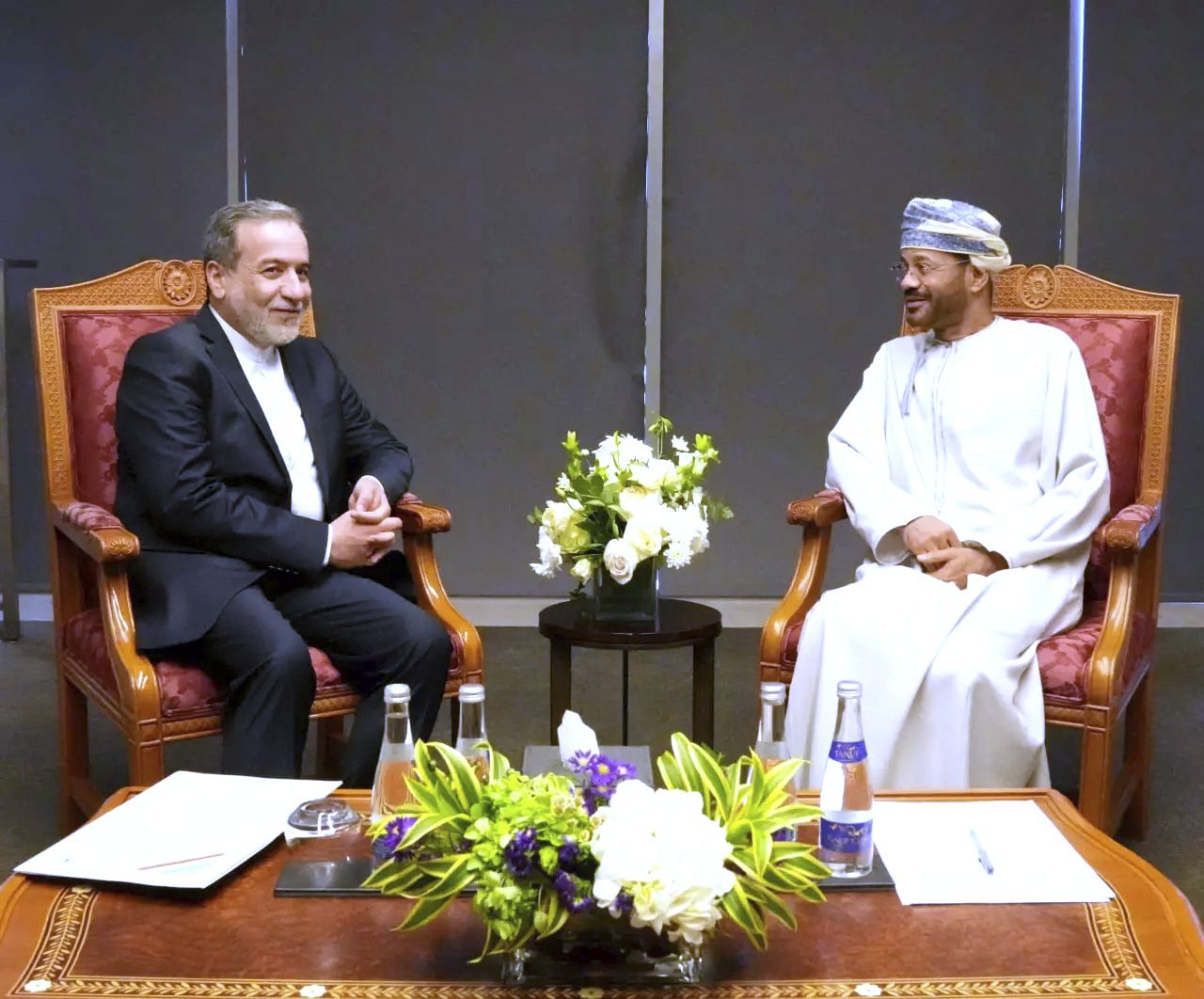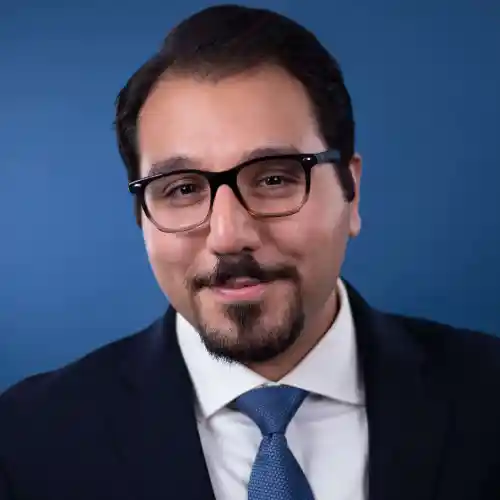Aug 16, 2022
Parallelism and Rivalry by Design: Amal and Hezbollah
The August 16 edition of the Iran Media Review examines Iran’s support to Amal and Hezbollah in Lebanon.
Lebanese Hezbollah led by Hassan Nasrallah and the Nabih Berri-led Amal Movement both enjoy Iran’s patronage, but why does the Islamic Republic support two different Shia militias? Amal’s representative to Iran, Seyyed Salah Fahas, explained the parallel Shia militias as “two brothers” in the same family in an interview with Tasnim News.
- June 21: “Hezbollah was conceived by Amal,” Fahas explained and continued: “Why was Hezbollah established and the Shia split in two? Well, even within a family two brothers may have differing opinions, and this is not a problem. I have this opinion, and another person holds a different opinion, but we have very good relations with Hezbollah. There is no unity, but we are united, like two brothers living in the same house. We coexist. Our relations with Hezbollah have become a role model for the entire world to emulate. Rest assured that if it was not so, there would be no Shia” in Lebanon.
Fahas’ notion of brotherly relations only makes sense in the fratricidal Quranic sense of the word with the story of Cain and Abel. After all, Amal, which emerged in mid-1970s, was financed and supported by Syria. Aligned with Syria, yet unwilling to leave control over the Lebanese Shia population to Damascus, Iran caused a split in Amal in 1982 by establishing “Islamic Amal,” today known as Hezbollah. During the second half of the 1980s, Amal, with Syrian support, came very close to eradicating Hezbollah, but the end of the Cold War and gradual weakening of the Syrian state helped Hezbollah develop into the preeminent militia in Lebanon since the 1990s.
Rather than destroying Amal, Iran maintained and supported the organization, which provides anti-Hezbollah Shias with an alternative acceptable to Tehran. In this light, parallelism and rivalry by design is a better explanation than brotherhood when examining Amal-Hezbollah relations in Lebanon.
The views represented herein are the author's or speaker's own and do not necessarily reflect the views of AGSI, its staff, or its board of directors.
